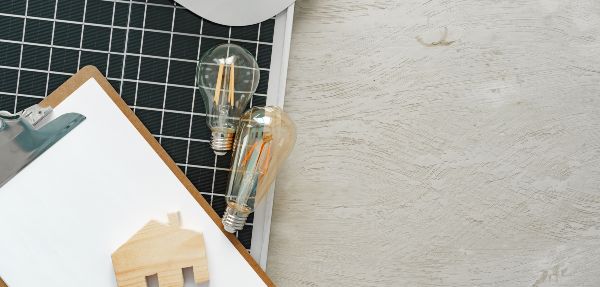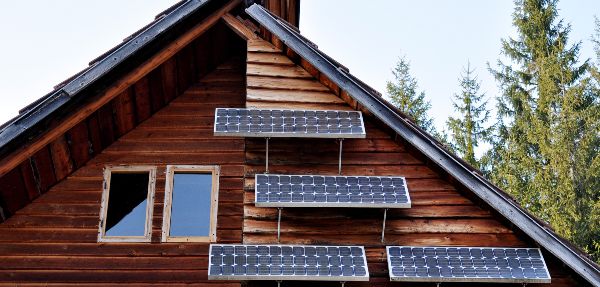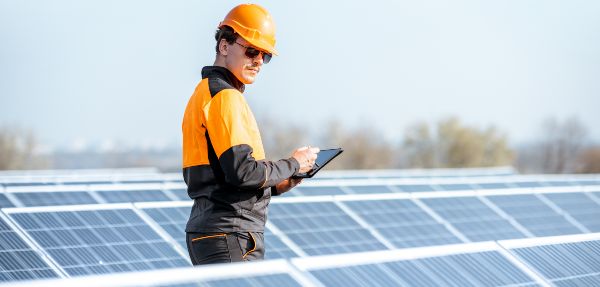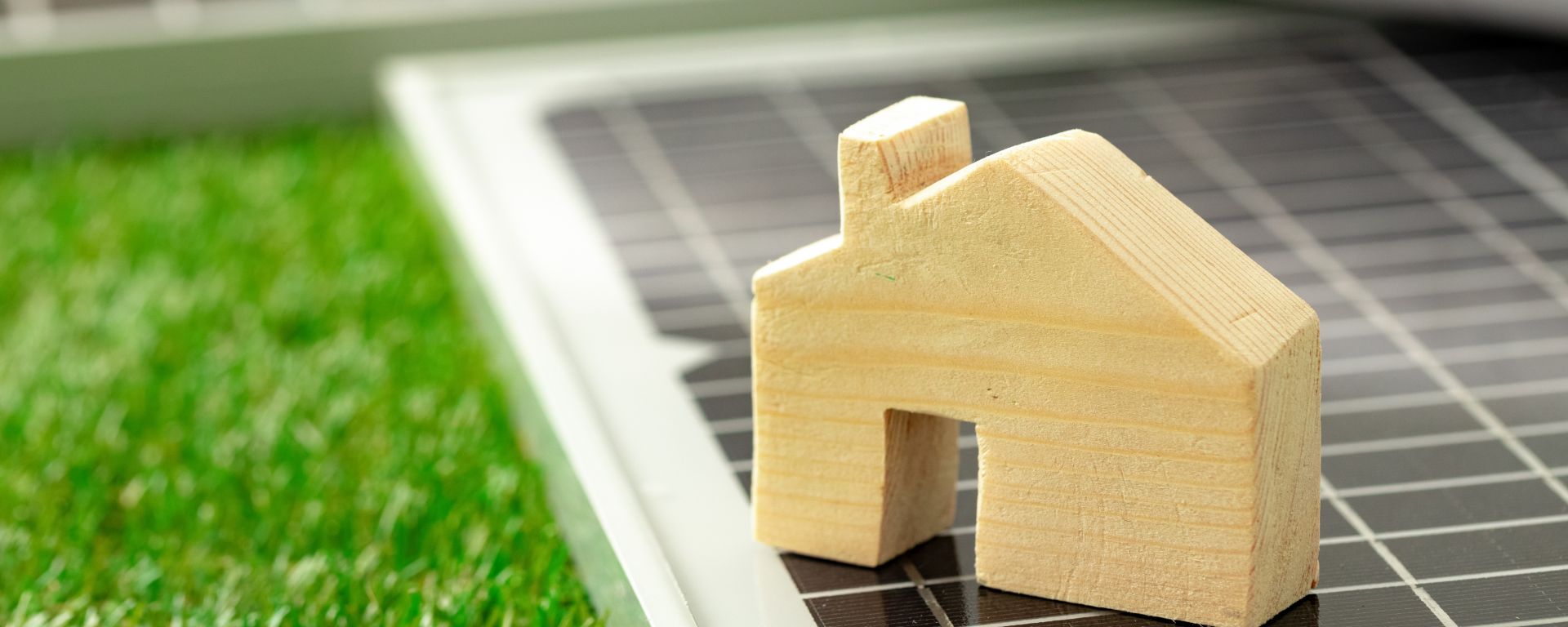Do you remember when load shedding was first implemented in South Africa? Unfortunately, it’s been so long that the year, never mind the date of inception, has been forgotten. As a result of rolling blackouts being experienced in 2007, 2008 was the year load shedding was first introduced. To date, South Africans have been experiencing the effects of load shedding on the community for 15 years! That shocking number begs several questions – namely, whether there is an end in sight, and if not, what are the alternatives?
As it stands, there is no definitive answer to the first question posed above. Luckily, there are alternatives that can alleviate the stress felt countrywide. Solar power is one of those solutions that is becoming increasingly popular all over the world. Marrying the simplicity and extremely effective power of Mother Nature has helped many people keep their lights on when Eskom shuts down the electrical grid.
The SweepSouth team wants you to find the best solution for your lifestyle because we understand how frustrating the current electricity crisis is. If you’re in the dark about solar energy and need some solar advice, keep reading to find out about the solar power systems you can use to combat load shedding.
What Is Solar Power?

Solar power is a form of renewable energy that harnesses the energy from the sun to generate electricity. Photovoltaic (PV) cells, also known as solar cells, are used to convert sunlight into direct current (DC) electricity, which is then converted into alternating current (AC) electricity using an inverter.
The AC electricity is then sent to the electrical grid or stored in batteries for later use, depending on the type of system the owner has in place. Solar panels, made up of many PV cells, are typically installed on rooftops or in large arrays, known as solar farms, in open areas with ample sunlight. The amount of electricity generated by a solar power system depends on several factors, such as the amount of sunlight, the size of the solar panels, and the efficiency of the PV cells.
Types Of Solar Power Systems

All solar power systems use the same energy source (the sun) to gather the power needed to produce electricity, but there’s a difference in what happens to that electricity once it has been collected and created. Here are the different types of solar power systems and how they work:
1. Grid–Tied Solar Power Systems
A grid-tied solar power system, also known as a “grid-connected” or “on-grid” system, is a type of solar power system that is connected to the electrical grid. This means that the system can send excess electricity generated by the solar panels back to the grid, and also draw electricity from the grid when the solar panels are not producing enough power.
What does the system typically include?
- Solar panels
- An inverter
- A monitoring system
Advantages:
- Doesn’t require battery storage, which can be costly and require maintenance.
- Homeowners can still have access to electricity from the grid if the solar panels aren’t producing enough power.
Disadvantages:
- Limited backup power – if the solar panels don’t have enough power to operate during a power outage, there usually isn’t a backup source that can be used.
- The interconnection costs to connect the solar system to the grid are often very pricey.
2. Off-Grid Solar Power System
An off-grid solar power system, also known as a “stand-alone” or “isolated” system, is a type of solar power system that is not connected to the electrical grid. Instead, it relies on solar power and the equipment alone, meaning no power can be drawn from or sent to the grid if need be.
What does the system typically include?
- Solar panels
- Batteries
- An inverter
- A charge controller
Advantages:
- They provide electricity in remote or isolated areas where it is not possible or cost-effective to connect to the grid.
- They are more cost-effective in the long run, as they eliminate the need to pay for electricity from utility companies.
Disadvantages:
- The batteries needed for the system have a limited lifespan.
- If there hasn’t been enough sunlight for long periods, the system won’t be able to produce electricity.
Solar Companies To Consider

While Eskom has increased load shedding stages and frequencies over the years, solar companies have risen to the occasion and given people opportunities for change. In no particular order, here are some of the top-ranked and most popular brands people are turning to when looking for solar solutions:
1. Hohm Energy
2. Gosolr
5. Sinetech
If solar solutions don’t fit into your budget yet, or you’re not quite ready to take the leap and would like to try an alternative solution on a smaller scale, inverters are a great solution. Find out about the different inverter options available, and how they can keep your essential appliances running when the load shedding stages are ramped up.
Conclusion
While you’re looking for alternative electrical solutions and trying to break free from the shackles of power cuts, don’t forget to stay in the loop by downloading the best apps for load shedding schedules. While we may not be able to solve your load shedding problems, we can take away the burden of a dirty household. Power or no power, you can book a SweepSouth cleaning service with one of the many vetted and professional SweepStars for unmatched quality.









